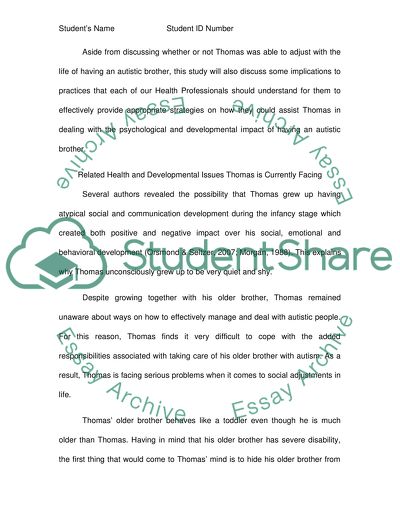Cite this document
(“The review on The Black Balloon Essay Example | Topics and Well Written Essays - 2750 words”, n.d.)
Retrieved de https://studentshare.org/psychology/1391002-the-black-balloon
Retrieved de https://studentshare.org/psychology/1391002-the-black-balloon
(The Review on The Black Balloon Essay Example | Topics and Well Written Essays - 2750 Words)
https://studentshare.org/psychology/1391002-the-black-balloon.
https://studentshare.org/psychology/1391002-the-black-balloon.
“The Review on The Black Balloon Essay Example | Topics and Well Written Essays - 2750 Words”, n.d. https://studentshare.org/psychology/1391002-the-black-balloon.


